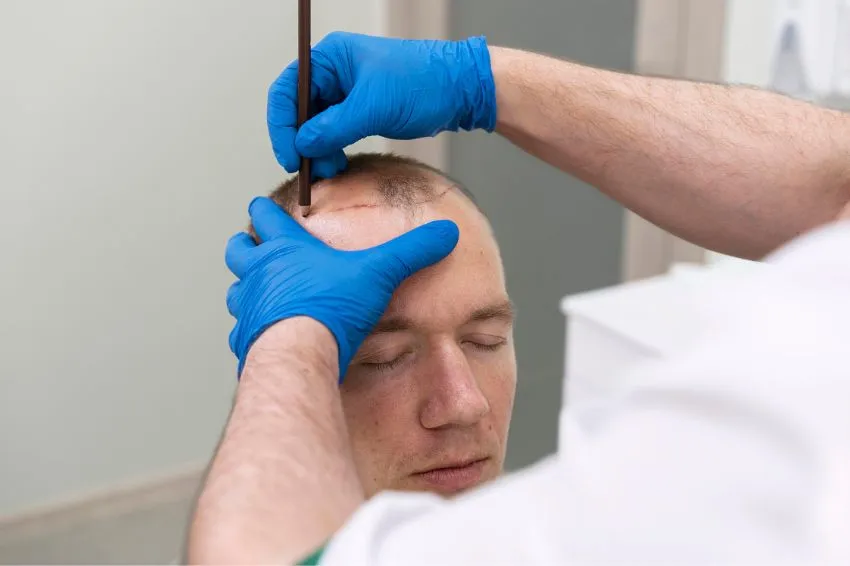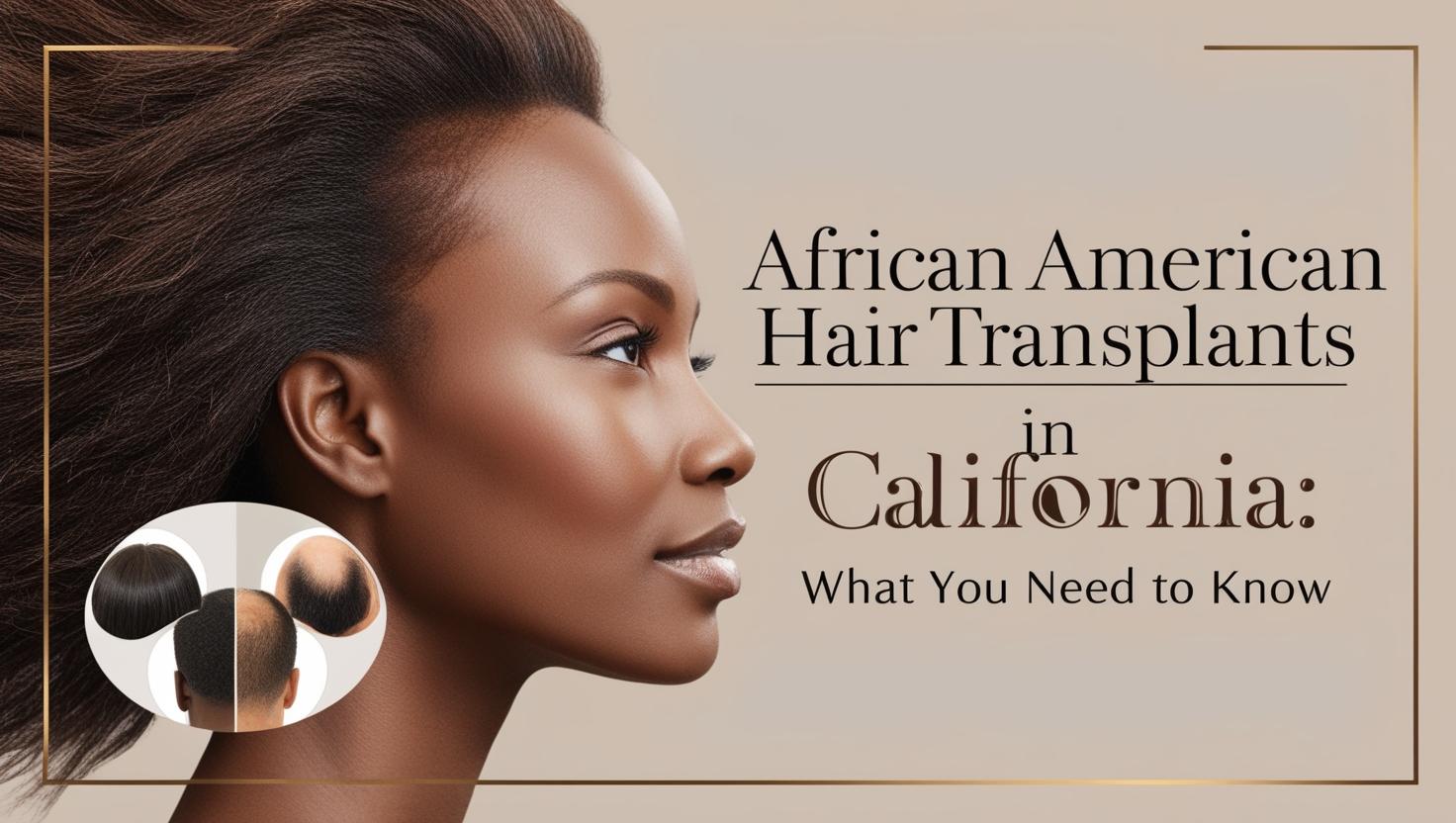Introduction
Hair loss can be an emotional experience for African American women. The unique texture and characteristics of African American hair require specialized transplant techniques to ensure natural-looking results. Dr. Diep, a leading expert at Medical Hair Transplant and Aesthetics, has helped many women restore their natural hairlines. In this blog, we’ll explore the best transplant options available and how you can benefit from these advanced treatments.
Why African American Women Experience Hair Loss
Hair loss in African American women can occur due to several factors:
- Traction Alopecia: This is a common condition caused by tight hairstyles such as braids, weaves, or ponytails, which pull on the hair follicles over time.
- Central Centrifugal Cicatricial Alopecia (CCCA): A form of scarring alopecia that begins at the crown and spreads outward.
- Genetics: Like many other women, African American women can experience androgenetic alopecia, commonly known as female pattern baldness.
- Medical Conditions: Conditions like lupus, thyroid disorders, or hormonal imbalances can contribute to hair thinning or loss.
- Styling Practices: Chemical relaxers, heat treatments, and excessive styling can weaken hair over time, leading to thinning or bald spots.
Best Hair Transplant Solutions for African American Women
There are several hair transplant procedures that can effectively address hair loss in African American women. However, it’s crucial to select methods that respect the unique curl pattern, thickness, and fragility of African American hair.
Here is one of the popular hair transplant procedures for African American women.
Follicular Unit Transplantation (FUT):
Why it Works: FUT, also known as the strip method, involves removing a small strip of scalp tissue from the donor area and then dissecting it into individual follicular units. These are transplanted to the areas of hair loss.
Benefits for African American Hair: While FUT can result in a linear scar, it’s often hidden by the natural density of African American hair. This method is ideal for women with larger areas of hair loss who require a more substantial number of grafts.
Dr. Diep’s Expertise: Dr. Diep is known for his expertise in performing FUT procedures tailored specifically for textured hair, ensuring seamless results.
What to Expect from a Hair Transplant Procedure
African American women considering hair transplants should work with surgeons experienced in textured hair. The curl pattern of the hair follicle, from root to tip, presents a unique challenge, so it’s essential that the surgeon understands how to extract and implant the follicles properly.
Recovery and Results: After the procedure, patients may experience some swelling, redness, and tenderness in the treated areas. Full results can take upto 12 months as the hair grows and blends in with the natural texture. The end result should be natural-looking hair that is indistinguishable from the non-transplanted areas.
Why You Need an Expert Surgeon
Choosing a hair transplant surgeon with expertise in African American hair is crucial for achieving natural results. Dr. Diep, based in Los Gatos and the San Francisco Bay Area, is a recognized leader in ethnic hair transplants. With many years of experience, Dr. Diep specializes in treating textured hair to ensure that transplanted hair grows naturally and blends seamlessly.
Real Results: Before-and-After Transformations
See how Dr. Diep has transformed the lives of African American women through tailored FUT procedures. Below are real results from patients who entrusted their hair restoration to Medical Hair Transplant and Aesthetics.
Before and After Images:
Before and After Video:
Conclusion
Hair loss can be challenging, but with modern hair transplant techniques, African American women now have access to the best solutions tailored to their unique hair needs. Whether you opt for FUT, the key is finding a skilled surgeon who can deliver natural results that blend seamlessly with your hair’s natural curl and texture.
FAQs
Transplanted hair begins to grow within 3-4 months, with full results visible after 12 months.
FUT leave a linear scar, but it can be hidden by surrounding hair.



